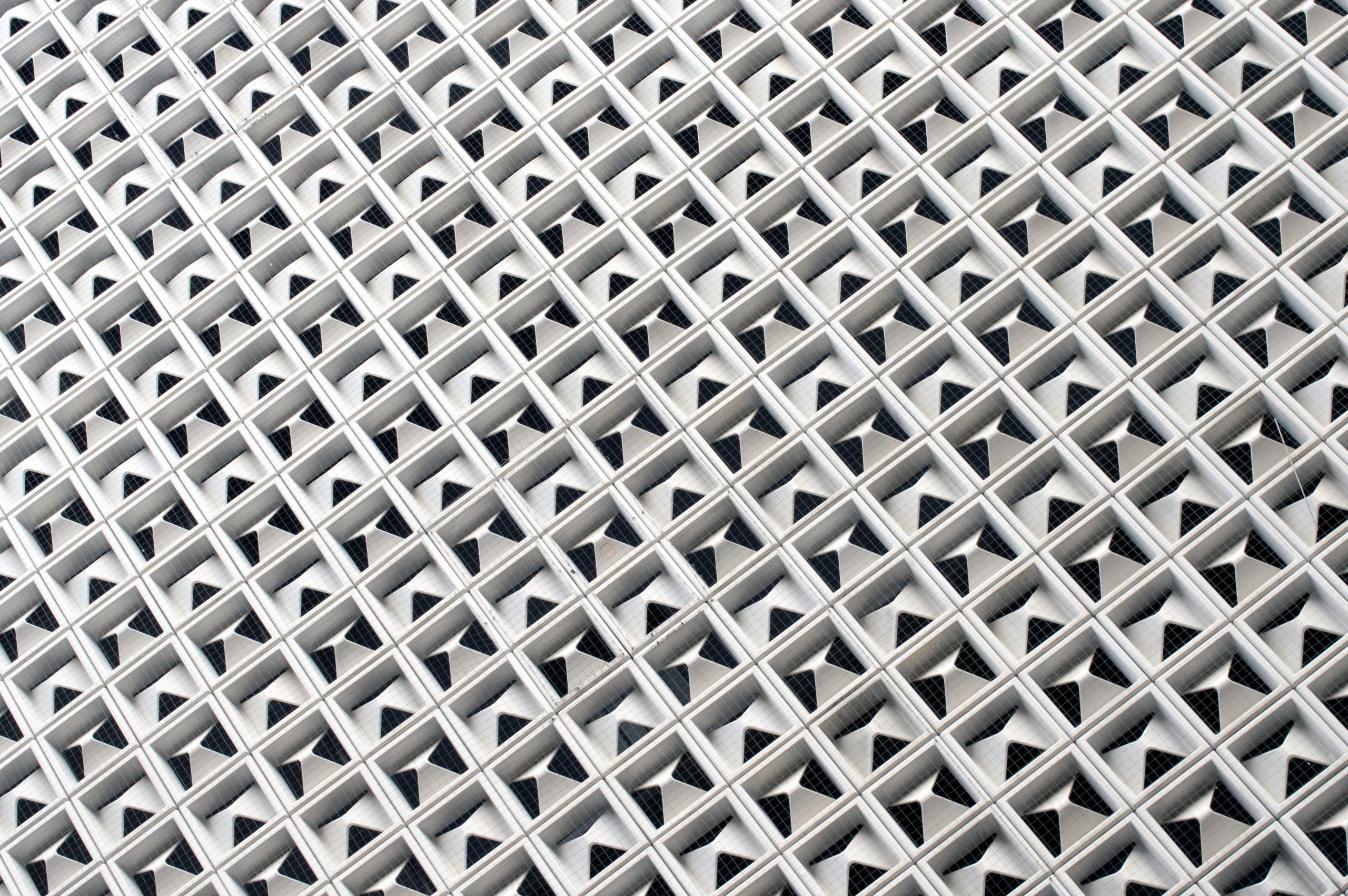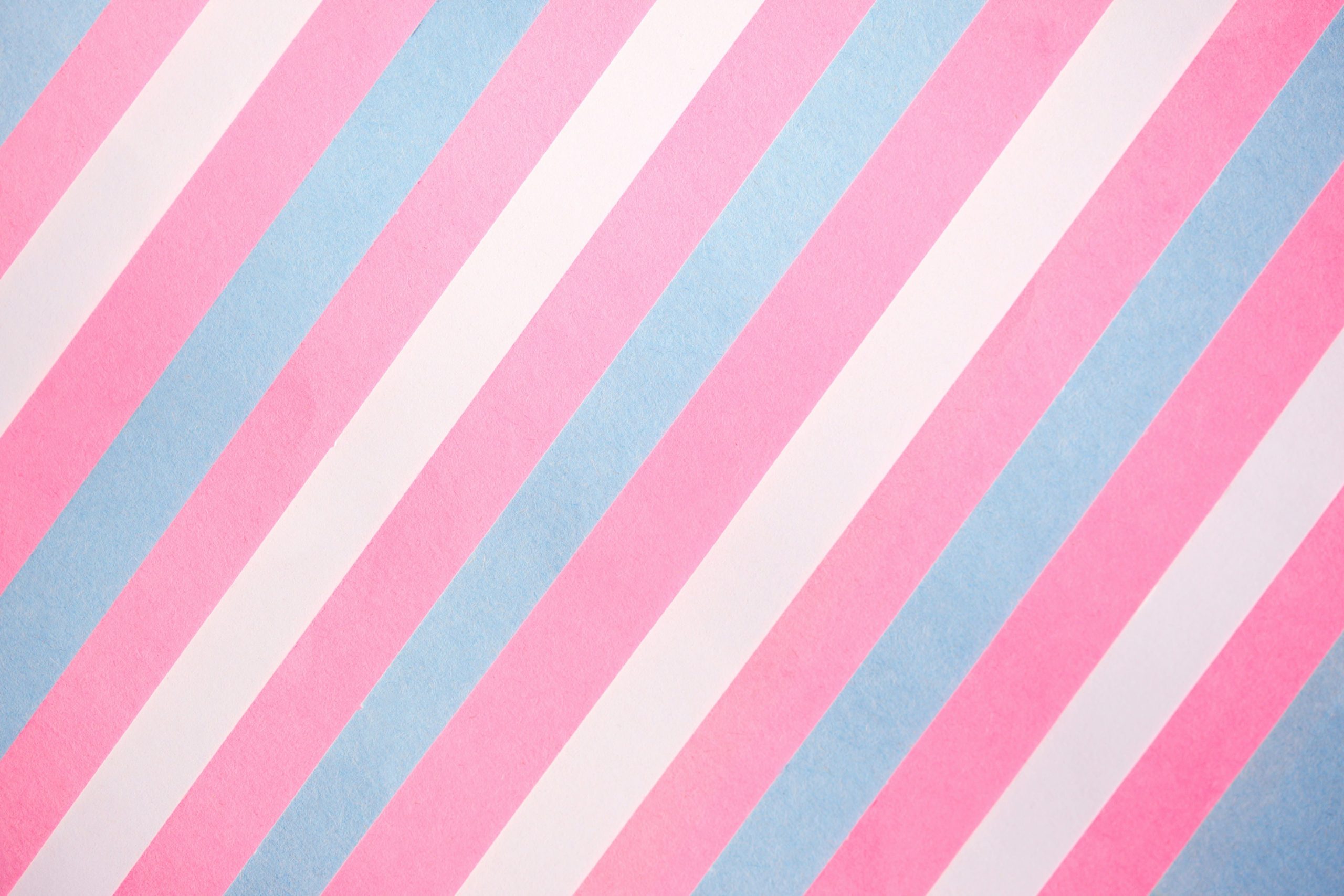Upcycling is a creative, sustainable way to breathe new life into your old clothes while reducing waste. Whether you’re transforming an oversized shirt into a trendy crop top or turning worn-out jeans into a chic tote bag, upcycling allows you to express your personal style while helping the environment. Here’s a step-by-step guide to upcycling your wardrobe and turning forgotten garments into fabulous, wearable pieces.
1. Why Upcycle Your Clothes?
a. Benefits of Upcycling:
- Eco-Friendly: Reduces textile waste and the environmental impact of fashion.
- Cost-Effective: Saves money by repurposing what you already own.
- Creative Outlet: Lets you showcase your creativity and unique style.
b. What You’ll Need:
- Basic sewing supplies: needle, thread, scissors, and pins.
- Sewing machine (optional but helpful).
- Fabric glue or adhesive tape for no-sew projects.
- Measuring tape and chalk for precision.
- Accessories like buttons, zippers, patches, and trims for decoration.
2. Assess Your Closet
a. Choose Items to Upcycle
- Look for clothes that no longer fit, are damaged, or feel outdated.
- Examples:
- Old T-shirts
- Jeans with holes or worn knees
- Dresses that are too long or oversized sweaters
b. Identify Upcycling Potential
- Ask yourself:
- Can it be reshaped, shortened, or restyled?
- Would adding embellishments make it wearable?
- Could it serve a different purpose, like becoming an accessory?
3. Easy Upcycling Ideas for Beginners
a. Turn T-Shirts into Tote Bags
- Cut off the sleeves and neckline of a T-shirt.
- Sew or knot the bottom hem closed to form the base.
- Add reinforcements if needed for heavier loads.
b. Crop Old Shirts
- Try on the shirt and mark your desired length with chalk.
- Cut straight across for a raw edge or hem it for a cleaner look.
- Pair it with high-waisted jeans or skirts for a trendy vibe.
c. Patchwork Denim
- Use fabric scraps to cover holes or worn-out areas on jeans.
- Sew or glue patches in creative shapes or patterns.
- Mix and match colors for a playful touch.
d. Revamp Sweaters into Accessories
- Arm Warmers: Cut the sleeves of an old sweater and hem the edges.
- Beanies: Use the body of the sweater to sew a custom-fit hat.
4. Advanced Upcycling Projects
a. Transform Dresses into Two-Piece Sets
- Cut a dress into a separate top and skirt.
- Add elastic to the skirt’s waistband for a snug fit.
- Hem both pieces for a polished finish.
b. Turn Jeans into a Skirt
- Cut the jeans horizontally across the thigh.
- Remove the inseam and overlap the front and back panels.
- Sew the panels together and hem the bottom.
c. Create a Denim Tote Bag
- Cut off the legs of old jeans and use the top portion as the bag’s body.
- Sew the bottom hem shut.
- Add straps using the remaining denim or another sturdy fabric.
5. Decorative Upgrades
a. Add Embellishments
- Sew or glue on pearls, beads, or sequins for a glam look.
- Use fabric paint or markers to create custom designs.
b. Use Patches and Iron-Ons
- Personalize jackets, jeans, or backpacks with trendy patches or logos.
c. Add Lace or Trim
- Sew lace onto the hems of shorts, skirts, or shirts for a romantic touch.
d. Experiment with Tie-Dye or Fabric Dye
- Revive faded clothes with vibrant tie-dye patterns or solid dye jobs.
6. No-Sew Upcycling Projects
a. Fringe T-Shirts
- Cut vertical strips along the bottom hem of a T-shirt.
- Knot the strips for a fringed effect.
b. Knot Headbands
- Cut strips of fabric from old shirts or dresses.
- Twist or knot them into stylish headbands.
c. DIY Wrap Skirts
- Use a scarf or square piece of fabric.
- Wrap it around your waist and secure with a knot or belt.
7. Tips for Successful Upcycling
- Start Simple: Begin with small, manageable projects before moving on to complex designs.
- Plan Ahead: Sketch your ideas or use Pinterest for inspiration.
- Be Patient: It’s okay if your first attempt isn’t perfect—upcycling is a learning process.
- Experiment Freely: Don’t be afraid to mix materials, textures, or patterns.
- Preserve What Works: Keep labels, buttons, or unique features of the original garment for character.
8. Showcase Your Creations
- Social Media: Share your upcycled pieces on platforms like Instagram or Pinterest to inspire others.
- Wardrobe Updates: Incorporate your upcycled pieces into everyday outfits to show off your creativity.
- Gifts: Personalized, upcycled items make thoughtful and sustainable presents.
9. Why Upcycling Matters
a. Environmental Impact:
- Reduces waste in landfills and lessens the demand for fast fashion.
b. Creative Fulfillment:
- Upcycling offers a rewarding sense of accomplishment and self-expression.
c. Cost Savings:
- Revamp your wardrobe without spending a fortune.
Final Thoughts
Upcycling old clothes is more than a creative hobby—it’s a sustainable lifestyle choice that lets you reinvent your wardrobe while reducing waste. From simple no-sew projects to advanced transformations, there’s no limit to what you can achieve with a little imagination. Dive into your closet, pick a piece, and start your upcycling adventure today!


